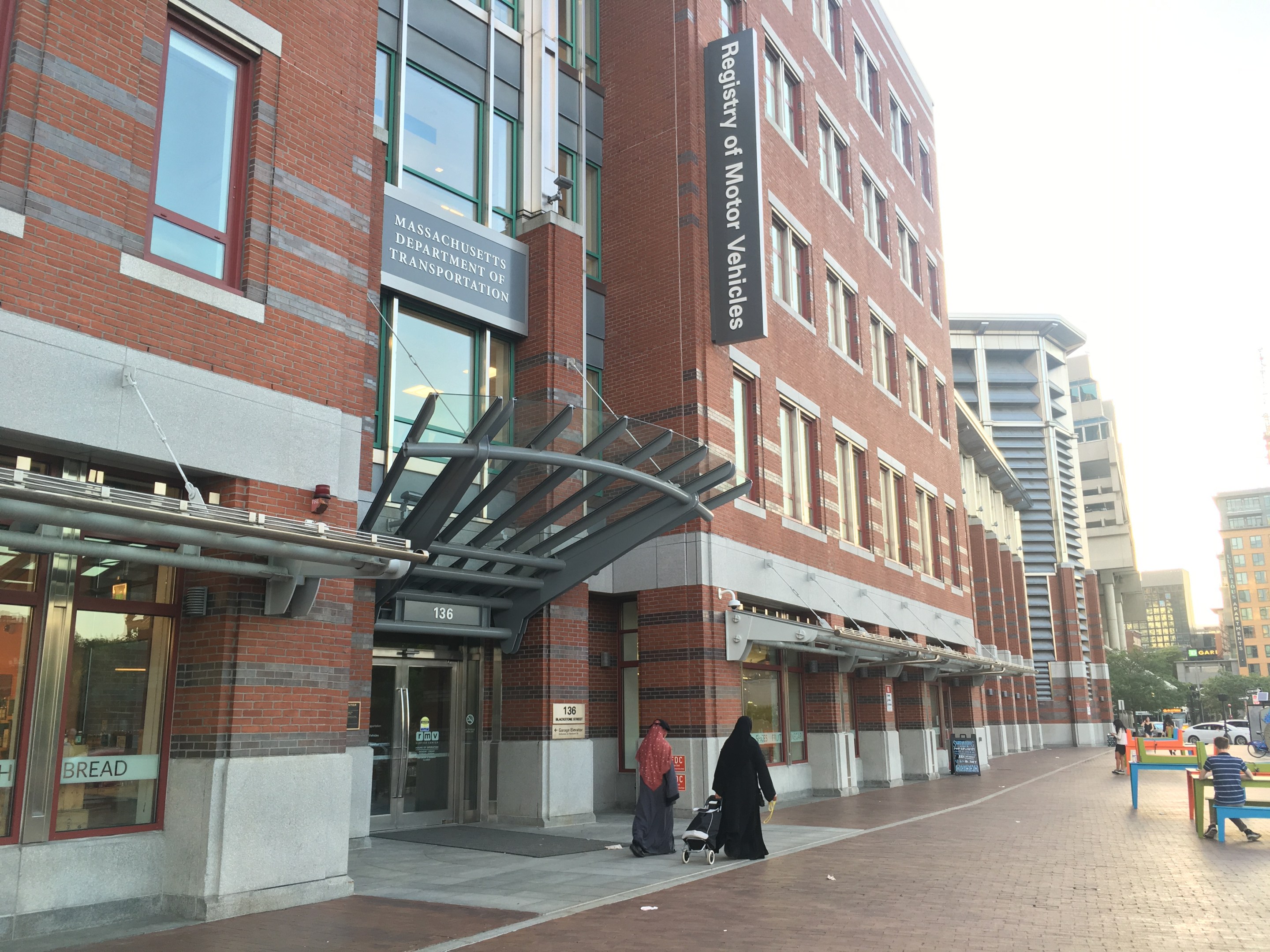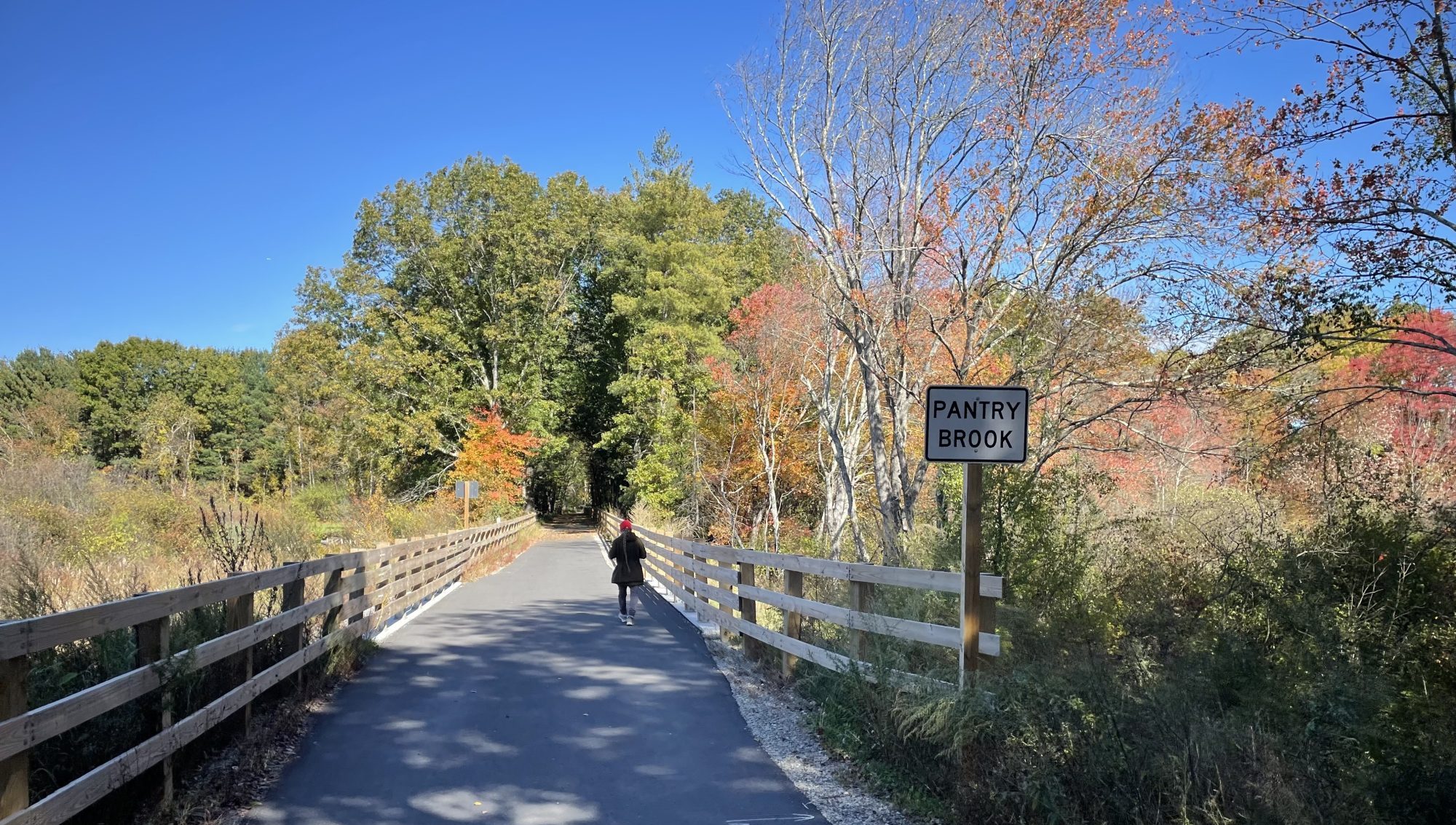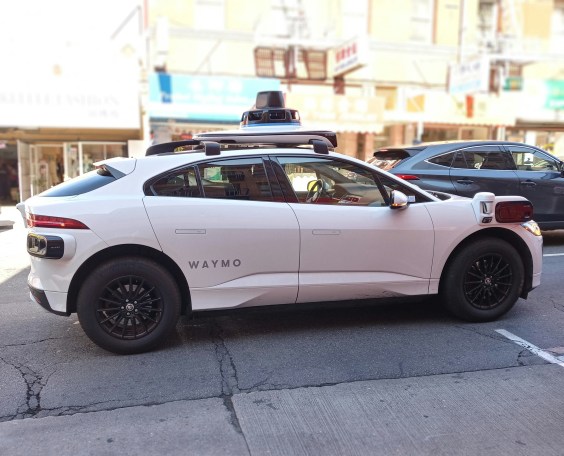Last month, Volodymyr Zhukovskyy, a 23-year-old from West Springfield, drove his pickup truck into a group of motorcyclists on a rural New Hampshire road, killing seven of them and injuring three more.
The tragedy revealed a stunning bureaucratic failure at the Massachusetts Registry of Motor Vehicles (RMV), a subdivision of MassDOT. Zhukovskyy had been arrested for operating under the influence in Connecticut in May – a charge that should have triggered the suspension of his Massachusetts driver's license.
Instead, Connecticut's notification of Zhukovskyy's charges, along with tens of thousands of similar notices from other states, got dumped into a mail bin and ignored for months at the RMV's Quincy headquarters.
RMV staff are now rushing to process the backlog of paperwork. At the end of last week, the agency had suspended licenses for over 1,600 drivers, based on the neglected out-of-state notices.
But does a suspended license actually keep a dangerous driver off the roads?
In response to a data request from StreetsblogMASS, Massachusetts State Police Trooper James Deangelis reported that in 2018, police arrested or summonsed drivers about 10,900 times on charges of operating after the suspension of a license.
5,308 arrests and summonses have been made in 2019 as of July 16 – slightly behind last year's pace, possibly due in part to the RMV's failure to process suspensions for the past year.
That averages out to about 30 drivers caught operating with a suspended license every day across the state.
Deangelis stresses that operating after suspension "is a strongly enforced thing. If we catch someone doing it, that person is pulled off that road immediately."
Still, the sheer volume of arrests and summonses suggest that losing a license is a weak deterrent to keep dangerous drivers off the roads. Lots of drivers who have been identified as hazards to public safety clearly keep on driving, whether or not they've been caught in the RMV's dragnet of forgotten paperwork.
It's not hard to understand why this is, in a state and nation that are overwhelmingly designed for drivers to the detriment of everyone else's safety and mobility.
If driving feels like a necessity – if your neighborhood has no sidewalks, the buses only come once an hour, and your jobs and grocery store and your kids' daycare are all on the other side of the highway interchange – you're probably going to drive whether or not the state gives you permission to.
To actually keep dangerous drivers off the roads, they need better options to get around without taking their blunt-force trauma machines with them. And failing that, the rest of us need safer streets to limit the damage they can do.






